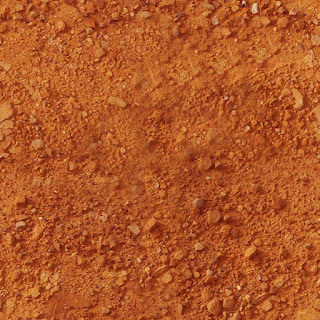Texture Tiles
Experimenting with textures and making them into tiles.
Grit Tiles & Their Alternate Colours
1 Tile
4 Tiles
Volcanic
1 Tile
4 Tiles
Chalky
1 Tile
4 Tiles
Sand Tiles & Their Alternate Colours
1 Tile
4 Tiles
White
1 Tile
4 Tiles
Australian
1 Tile
4 Tiles
Metal Tiles & Their Alternate Colours
1 Tile
4 Tiles
Strange
1 Tile
4 Tiles
Brown Painted
1 Tile
4 Tiles
Flaked Metal & Their Alternate Colours
Sand Tiles & Their Alternate Colours
1 Tile
4 Tiles
White
1 Tile
4 Tiles
Australian
1 Tile
4 Tiles
Metal Tiles & Their Alternate Colours
1 Tile
4 Tiles
Strange
1 Tile
4 Tiles
Brown Painted
1 Tile
4 Tiles
Flaked Metal & Their Alternate Colours









































































